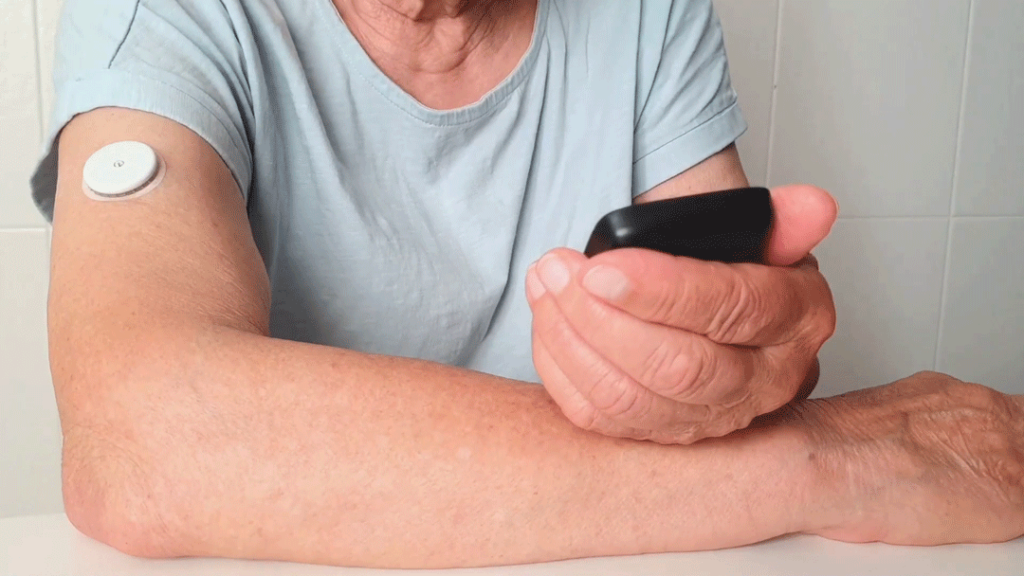Traditionally, chronic disease management involves scheduled patient visits and in-person checkups. Yet complications can often develop unnoticed in-between these appointments that can affect patient well-being and health care. Remote patient monitoring (RPM) is a powerful tool that your practice can use to solve this problem, especially when coupled with your call center. It allows for the continuous monitoring of patient vitals using wearable devices, and gives your nurses the ability to contact those patients and your providers when they see that symptoms are about to worsen.
Let’s explore this and other key benefits when leveraging RPM technology to track health metrics in real time for patients battling conditions like heart disease, hypertension, diabetes, and more.
Early Detection of Complications
Patients with chronic health conditions often experience gradual shifts in their vitals. If left unmonitored, these can lead to serious effects like strokes or diabetic shock. RPM continuously tracks indicators like blood pressure, heart rate, glucose levels, and oxygen saturation to detect changes before they lead to negative health outcomes.
Example: A patient with hypertension can use an RPM device to monitor their blood pressure daily. If their readings trend upwards or reach dangerous levels, a triage nurse from your call center can alert the patient and their provider. This early detection significantly reduces the risk of hospitalization and other costly care, which creates a layer of protection and reassurance for the patient.
Improved Patient Engagement
While patient engagement is important regardless of the medical circumstances, it’s particularly relevant with chronic disease. Patients who are more actively involved in their own care are also more likely to adhere to treatment plans and make necessary lifestyle adjustments. RPM empowers them by offering direct access to their health data, which can give them a greater sense of control.
Example: A patient with diabetes regularly monitors their blood sugar levels, and can see how their diet and activities affect their glucose. This real-time feedback encourages them to stick to dietary guidelines, exercise regularly, and take their medications as prescribed.
Personalized Care Plans
RPM allows healthcare providers to tailor their chronic care management based on each patient’s real-time data. This dynamic approach means that care plans are responsive to a patient’s current health status, not just their conditions recorded at their last office visit.
Example: A patient with congestive heart failure may experience sudden weight gain, which is an early sign of fluid retention and worsening heart function. Using RPM, a provider detects these subtle changes, adjusts medications promptly, and has one of your nurses contact the patient to advise them on the new dosage. Ultimately, this prevents the patient from having to go to the emergency room.
Reduced Healthcare Costs
Chronic disease management is often expensive due to frequent hospitalizations, emergency visits, and other health complications. One of the most tangible benefits of RPM is its potential to reduce healthcare costs by preventing acute health events and minimizing the need for in-person consultations. Because your providers always have access to patient vitals, they only have to visit when it’s deemed necessary, which saves them and their patients both time and money — and even generates additional revenue for your doctors.
As already noted, the early detection of potential complications reduces the likelihood of expensive interventions like surgeries, long hospital stays, and specialized treatments.
Better Health Outcomes
The ultimate goal of chronic disease management is for patients to experience the best possible quality of life. Better health outcomes are a direct result of the comprehensive care that RPM can offer because chronic conditions are managed more effectively. Studies have shown that patients who use RPM experience fewer hospitalizations, shorter recovery times, and better adherence to their care plans.
Example: A patient with chronic obstructive pulmonary disease (COPD) can use RPM to be alerted to changes in their oxygen levels or respiratory patterns. This leads to timely treatment that avoids emergency visits and hospital readmissions.
TriageLogic’s Turnkey RPM Program for Chronic Disease Management
Remote patient monitoring offers a transformative approach to chronic disease care by providing early detection of changing vitals, improving patient engagement, enabling personalized care, reducing costs, and delivering better health outcomes. By incorporating RPM into chronic disease management, your providers can offer more proactive, patient-centered treatments, while reducing some of the common burdens on your health system.
TriageLogic offers a powerful, turnkey RPM program that can benefit your patients and your practice. Click here to learn more about it, or contact us to discuss a customized program!
About TriageLogic
TriageLogic is a URAC-accredited, physician-led provider of top-quality nurse telehealth technology, remote patient monitoring, and medical call center solutions. Founded in 2007, the TriageLogic Group now serves more than 22,000 physicians and covers over 42 million lives nationwide.





